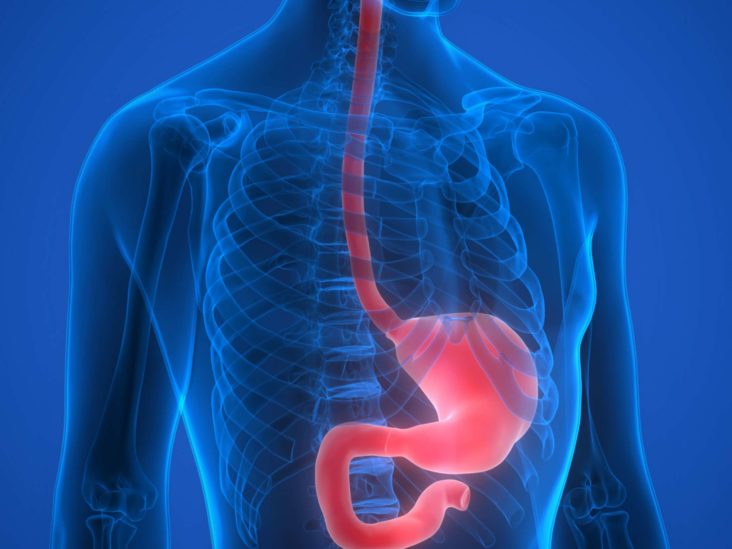Esophageal Manometry
Esophageal Manometry in Nagpur
Esophageal manometry is a test that shows whether your esophagus is working properly. The esophagus is a long, muscular tube that connects your throat to your stomach.
Esophageal manometry measures the rhythmic muscle contractions that occur in your esophagus when you swallow. The test also measures the force and coordination of esophageal muscles as they move food to your stomach.
During esophageal manometry, a thin, flexible tube (catheter) that contains pressure sensors is passed through your nose, down your esophagus and into your stomach. Esophageal manometry can be helpful in diagnosing certain disorders that may affect your esophagus.
Esophageal manometry measures the rhythmic muscle contractions that occur in your esophagus when you swallow. The test also measures the force and coordination of esophageal muscles as they move food to your stomach.
During esophageal manometry, a thin, flexible tube (catheter) that contains pressure sensors is passed through your nose, down your esophagus and into your stomach. Esophageal manometry can be helpful in diagnosing certain disorders that may affect your esophagus.

Esophageal manometry might be used to help diagnose:
- Diffuse esophageal spasm. This rare swallowing problem is characterized by multiple, forceful, poorly coordinated muscle contractions of your esophagus.
- Achalasia. This uncommon condition occurs when your lower esophageal sphincter muscle doesn’t relax properly to let food enter your stomach. This can cause difficulty swallowing and regurgitation of food back up into your throat.
- Scleroderma. In many people with this rare progressive disease, the muscles in the lower esophagus, stop moving, leading to severe gastroesophageal reflux.
